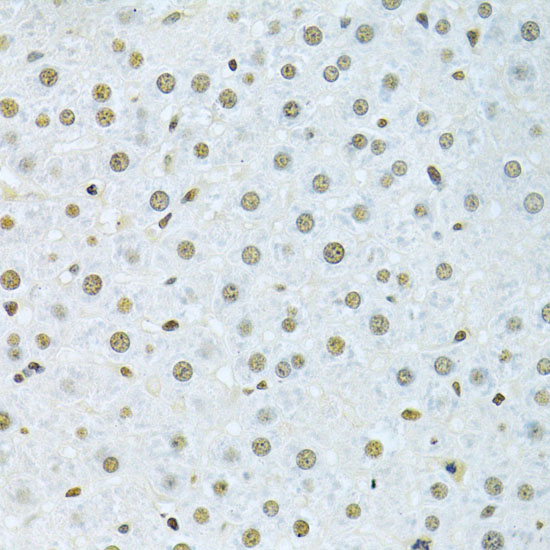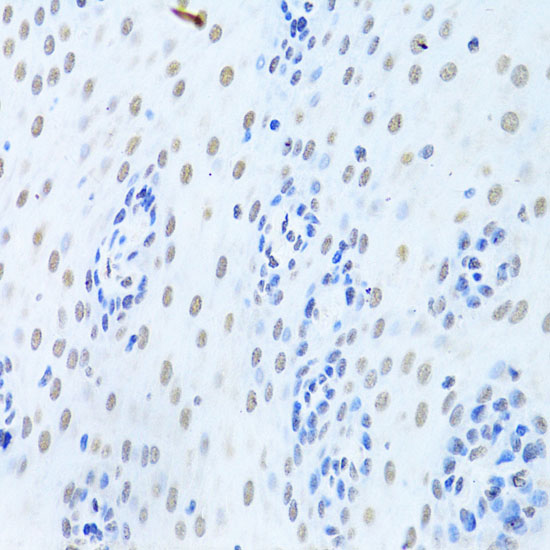Heterogeneous nuclear ribonucleoprotein K (hnRNP K) belongs to a family of RNA binding multiprotein complexes (hnRNP proteins) that facilitate pre-mRNA processing and transport of mRNA from the nucleus to cytoplasm (1-3). hnRNP K contains three unique structural motifs termed KH domains that bind poly(C) DNA and RNA sequences (4,5). Intricate architecture enables hnRNP K to facilitate mRNA biosynthesis (6), transcriptional regulation (7), and signal transduction. Research studies have shown that cytoplasmic hnRNP K expression is increased in oral squamous cell carcinoma and pancreatic cancer, and may be a potential prognostic factor (8,9). hnRNP K coordinates with p53 to regulate its target gene transcription in response to DNA damage. Proteasome degradation of hnRNP K is mediated by E3 ligase MDM2 (10). The interaction between hnRNP K and c-Src leads to hnRNP K phosphorylation, which allows for hnRNP K activation of silenced mRNA translation (11).





